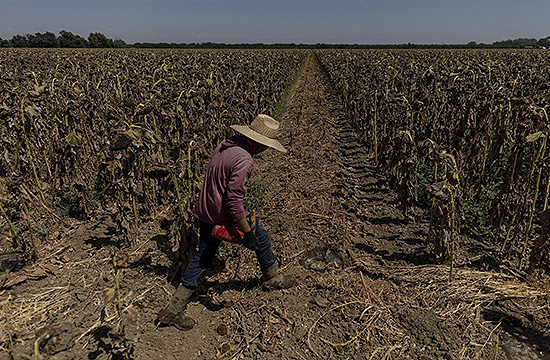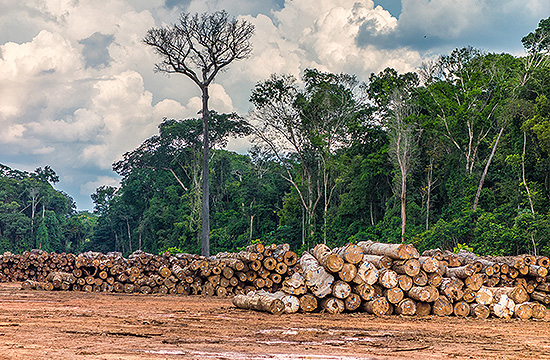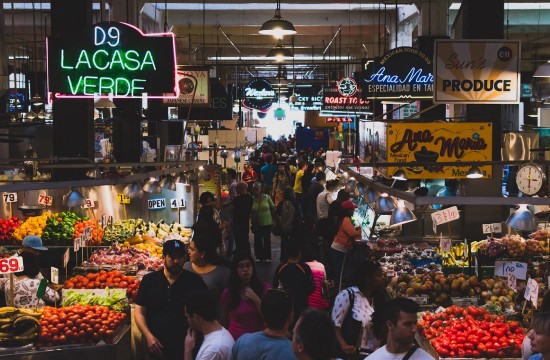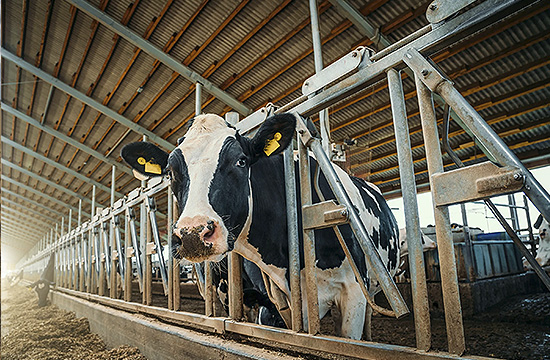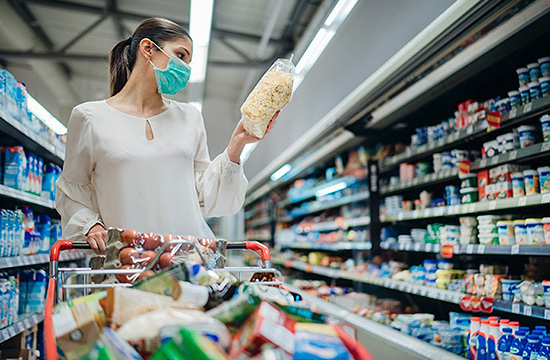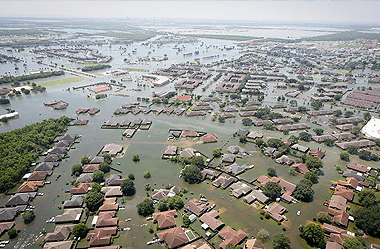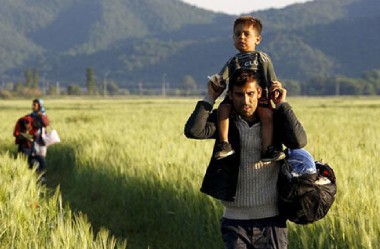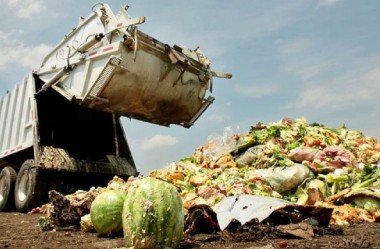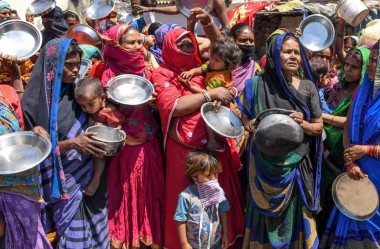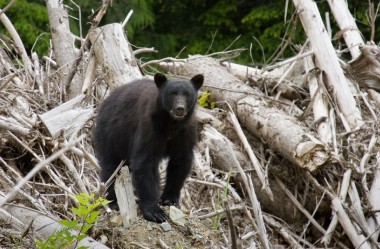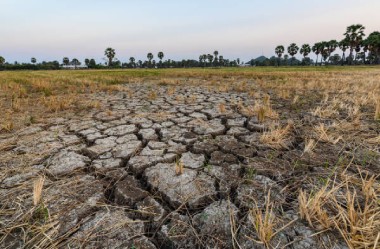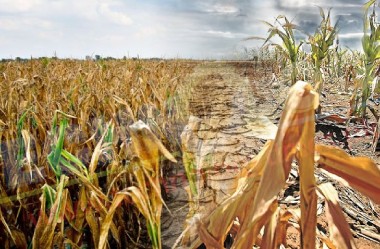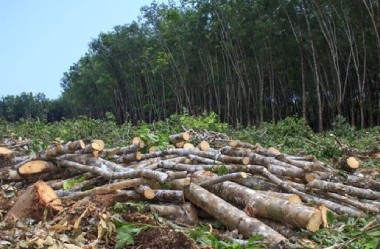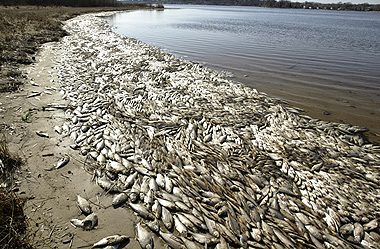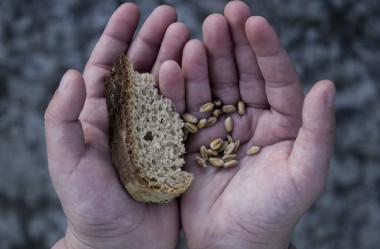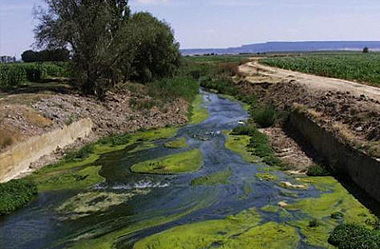One of humanity's most pressing challenges is feeding a growing global population while protecting our planet. Traditional food production methods are reaching their limits, and many factors threaten the stability of our food systems. Securing reliable and sustainable food supplies demands innovative solutions and a fundamental shift in our relationship with the environment.
Our growing appetite for seafood is pushing fish populations to the brink
Over 31% of the world's fisheries are already overfished, and demand is expected to surge in the coming decade. This unsustainable trend means wild fish can't keep up. Aquaculture, or fish farming, will need to play a more significant role, but it has problems.
Aquaculture Expansion: A Double-Edged Sword
While aquaculture offers a potential solution to meet rising seafood demand, it presents a double-edged sword. On the one hand, the imperative to double aquaculture production by 2050 intensifies pressure on marine ecosystems due to overfishing. Since wild fish catches are projected to decline or stagnate, aquaculture will increasingly rely on fishmeal and fish oil for feed, potentially hindering efforts to rebuild depleted fish stocks.
On the other hand, expanding aquaculture also puts pressure on water resources and can contribute to greenhouse gas emissions. Balancing the need for increased seafood production with marine conservation, sustainable resource management, and minimizing environmental impact remains a critical dilemma.
-
Resource Scarcity: Meeting the food demands of a growing global population is constrained by limited natural resources such as arable land, water, and energy. Competition for these resources intensifies as population growth and urbanization escalate.
-
Climate Change: Disruptions in weather patterns, increased extreme weather events, rising temperatures, and shifting precipitation patterns due to climate change pose risks to agricultural productivity. These changes can affect crop yields, water availability, and the overall stability of food production systems.
-
Food Loss and Waste: A significant portion of the food produced globally is lost or wasted at various supply chain stages, from farm to fork. Addressing food loss and waste is crucial for enhancing food security by optimizing resource use and ensuring that more food reaches those in need.
-
Supply Chain Disruptions: Globalized food supply chains are vulnerable to disruptions, as seen during events like the COVID-19 pandemic. Transportation delays, border closures, and labor shortages can lead to food shortages and price volatility, impacting food access and affordability.
-
Biodiversity Loss: The loss of biodiversity, including the decline in plant and animal species diversity, can harm food production. Biodiversity loss reduces genetic diversity in crops and livestock, making them more vulnerable to pests, diseases, and environmental changes.
-
Land Degradation: Soil degradation, deforestation, and land conversion for agriculture contribute to the degradation of ecosystems and decrease the availability of arable land. Sustainable land management practices are essential to preserve soil fertility and ensure long-term food production capacity.
-
Inequitable Distribution: While food production may be sufficient globally, inequitable distribution and access result in food insecurity for millions worldwide. Addressing food access disparities is crucial for achieving global food security goals.
-
Population Growth: The increasing global population, projected to reach nearly 10 billion by 2050, poses a significant challenge in ensuring an adequate and sustainable food supply for all. Balancing population growth with food production capacity is critical for global food security.
-
Water Scarcity: Agriculture is a significant consumer of freshwater resources, and water scarcity in many regions affects agricultural production. Efficient water management practices and sustainable irrigation strategies are essential to address water scarcity challenges in food production.
Unregulated aquaculture can harm the environment. Poorly placed farms can destroy crucial habitats like mangroves. Irresponsible practices can also lead to pollution, the spread of disease, and the introduction of invasive species. Another primary concern is that much aquaculture feed is made from wild fish, creating a depletion cycle.

